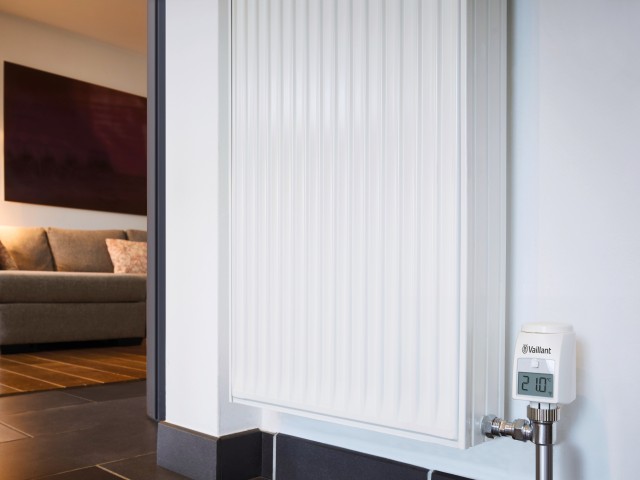Some of the signs to look out for that suggests you should bleed your radiators are when you put your heating on and your home is still cold or if you hear a bubbling sound when you first turn your heating on. Another thing to check is when you touch your radiators and if you notice that they are hot at the bottom but cold at the top, it can also suggest there is air trapped in the system.
In order to bleed your radiators, you need a radiator key so you can open the valves on your radiators – you’ll be able to buy one of these from most hardware stores. Some valves may only need a flat head screwdriver, so double check the shape of the valve before starting. You will need a bucket or bowl to collect any water and a cloth can be handy to clean up. Sometimes the water that comes out of an old radiator can be discoloured, so of you have light-coloured carpets, make sure to cover them to avoid any damage.



